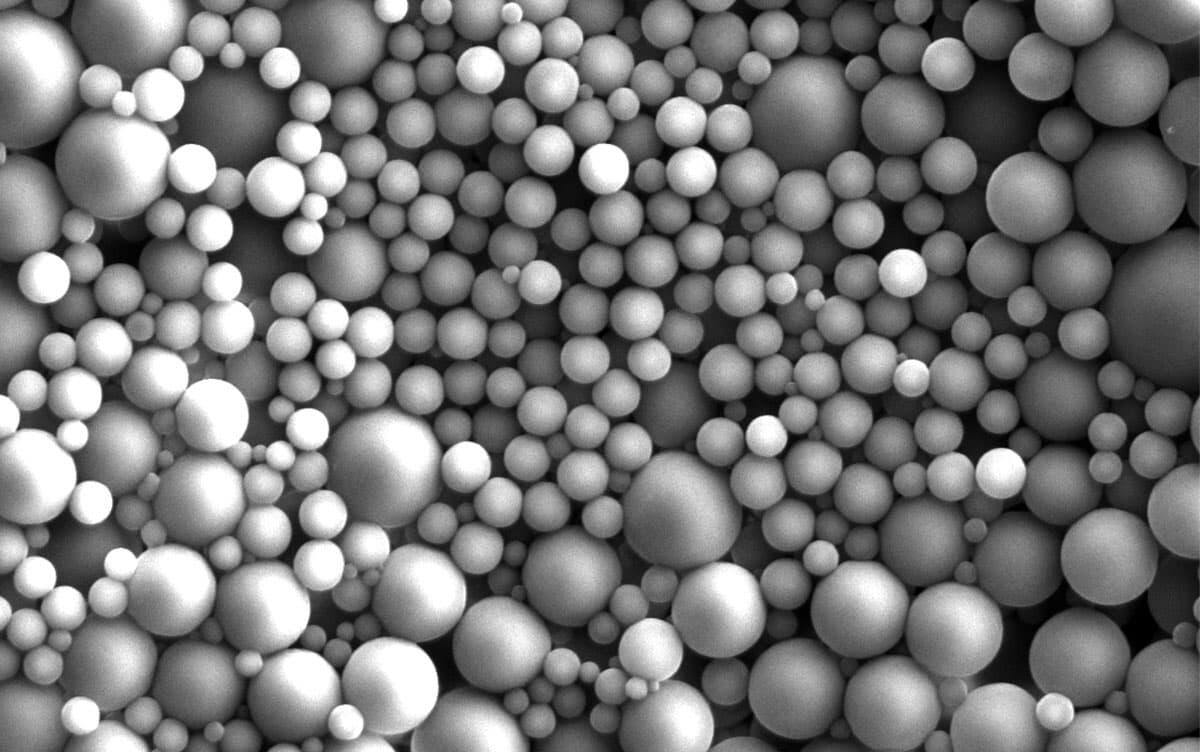Research News
Even Boneless Insects Have an Endocrine System for Calcium Control

In vertebrates, calcium is stored in bones, and its release is tightly regulated. Now, using fruit flies as a model organism, researchers at University of Tsukuba have shown that even animals without bones possess specialized organs for calcium storage, along with an endocrine system that releases calcium via hormonal signals in response to deficiency.
Tsukuba, Japan—Calcium is a vital mineral required for muscle contraction, neural activity, and numerous physiological processes crucial for animal survival. In vertebrates, parathyroid hormone (PTH) and related hormones regulate the release of calcium from bones, which act as reservoirs to maintain blood calcium levels. However, the mechanisms controlling calcium concentration in invertebrates, such as insects that lack bones, have remained largely unclear.
In this study, researchers at the University of Tsukuba identified that the peptide hormone Capa regulates calcium levels in the body fluid of the fruit fly Drosophila melanogaster. Larvae deficient in Capa exhibited reduced calcium levels, resulting in impaired muscle contraction and diminished locomotion. The team further discovered that Capa is secreted by specific neurons in the cranial nervous system and acts on the apical region of the Malpighian tubules—organs analogous to vertebrate kidneys—to mobilize calcium from "pearl-like calcium granules (PCGs)" stored within the tubule lumen (the inner cavity of this tubular structure). This endocrine pathway allows the body to release calcium from its own stores when dietary calcium is low, which is very similar to how PTH works in vertebrates.
These results provide the first evidence for an endocrine system regulating calcium concentration in animals without bones. The discovery illuminates fundamental principles of calcium homeostasis throughout the animal kingdom and may contribute valuable insights into disorders linked to abnormal calcium metabolism.
###
This study was supported by the JST FOREST Program (JPMJFR224M), the JSPS KAKENHI Grant-in-Aid for Research Activity Start-up (20K22645), the JSPS KAKENHI Grant-in-Aid for Scientific Research (C) (22K06290), the JSPS KAKENHI Grant-in-Aid for Scientific Research (B) (25K02307), the 10th Tomizawa Jun-ichi & Keiko Fund of MBSJ for Young Scientists, the Takeda Science Foundation to N.O, the JSPS KAKENHI Grant-in-Aid for JSPS Fellow to Y.M. (23KJ0252) and A.W. (24KJ0466), the JST SPRING Program (JPMJSP2124) to Y.M. and A.W., the JSPS KAKENHI Grant-in-Aid for Scientific Research (C) (23K05959), the JSPS KAKENHI Grant-in-Aid for Transformative Research Areas (A) (21H05301) to H.K., and the AMED AMED-CREST grant (20gm1110001s0304) to R.N. Y.M. and A.W. are recipients of a fellowship from the Japan Society for the Promotion of Science.
Original Paper
- Title of original paper:
- Neuroendocrine control of calcium mobilization in the fruit fly
- Journal:
- Nature
- DOI:
- 10.1038/s41586-025-09670-z
Correspondence
Associate Professor OKAMOTO Naoki
Professor NIWA Ryusuke
Life Science Center for Survival Dynamics, Tsukuba Advanced Research Alliance (TARA), University of Tsukuba
Associate Professor KOHSAKA Hiroshi
Graduate School of Informatics and Engineering, The University of Electro-Communications
Related Link
Life Science Center for Survival Dynamics, Tsukuba Advanced Research Alliance (TARA)







